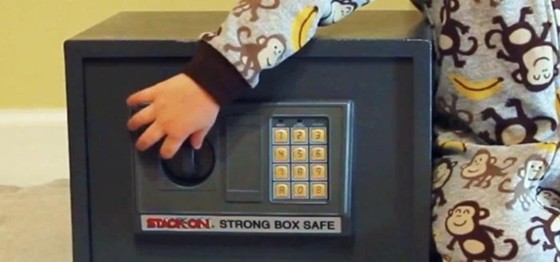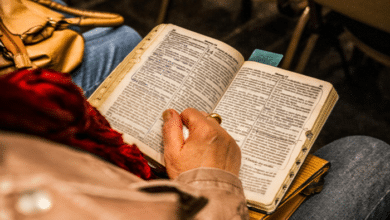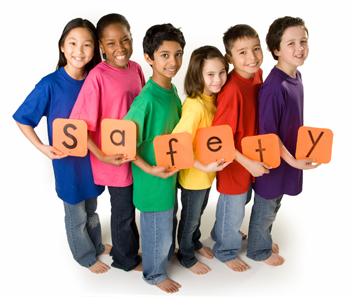
Kid proofing your home is a work in progress. Children are excellent at finding hazards we overlook, but there are several steps you can take to make your home as safe as possible. If you are kid proofing your home for the first time, the following guidelines can get you well on your way to a safe home. Always keep an open mind and be willing to reevaluate your results.
1. Eliminate Electrical Hazards
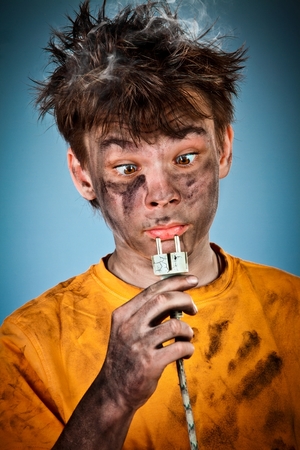
2. Secure Furnishings
Children can be seriously injured by falling furnishings and televisions. Top heavy dressers, armoires and buffet tables should be secured to the wall; they tip over more easily than you might expect. If you have a flat screen TV, consider purchasing a wall mount that secures your TV to the wall; a tipping TV can harm a small child.
3. Lock Cupboards
Inexpensive childproof locks can be installed on all child level cupboards in your home. Be aware that even with these locks, some children can figure out how to access cupboards, so be sure all harmful objects are moved to top shelves or locked away in another room.
4. Put Dangerous Objects in a Safe
Dangerous objects, such as guns and other weapons, should always be locked away in a safe. Many accidents happen each year involving children and guns, some of them fatal.
You need not worry about losing the keys or forgetting the combination; Affordable Lock Services Inc. a Richmond Hill locksmith, is always there to help you access the contents if you get locked out.
5. Remove Dangerous Chemicals
Children learn by putting things in their mouths. It’s n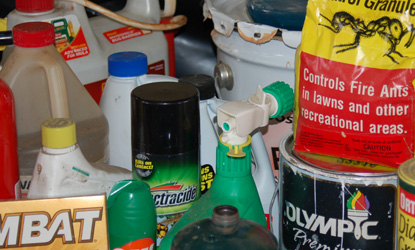
With a few simple steps, you can go a long way toward creating a safe environment for children. Once you have completed these steps, hunker down and take a look at your efforts from a child’s eye level and make any changes as needed. A safe home is a happy one where you can enjoy spending time with the kids without worrying about potential hazards.
Annette Hazard is a freelance writer that often writes about small business, health, sciences, and finance. In her spare time, she enjoys running and living a healthy lifestyle with her husband and dog Romeo. Annette is the author of a very popular post, Owning a Pet – Five Things Your Children Can Learn. Be sure to check it out. Thank you.

